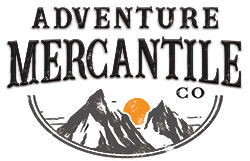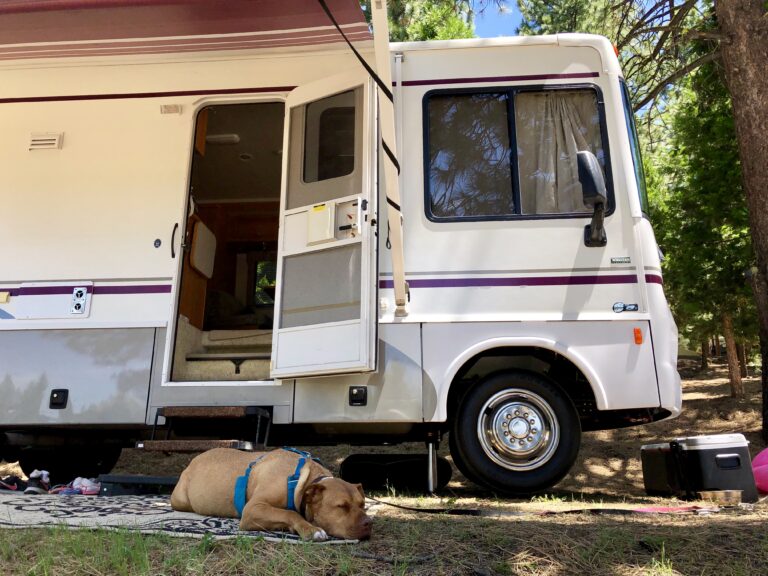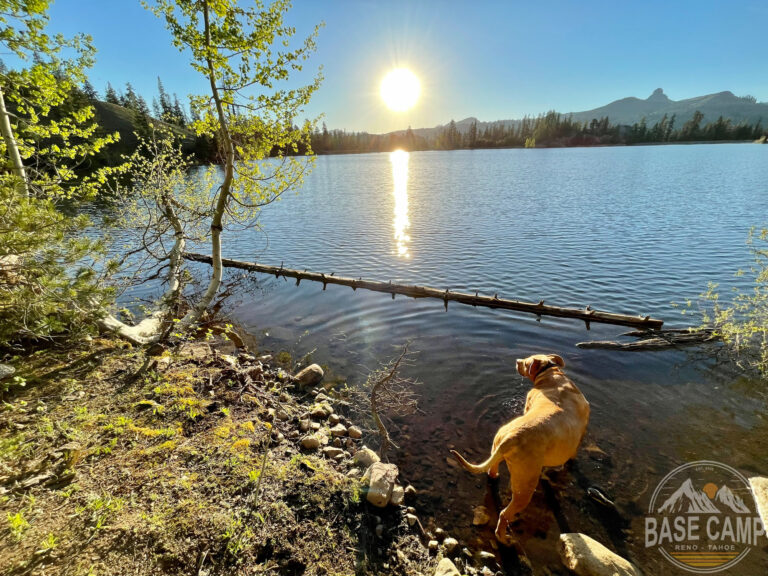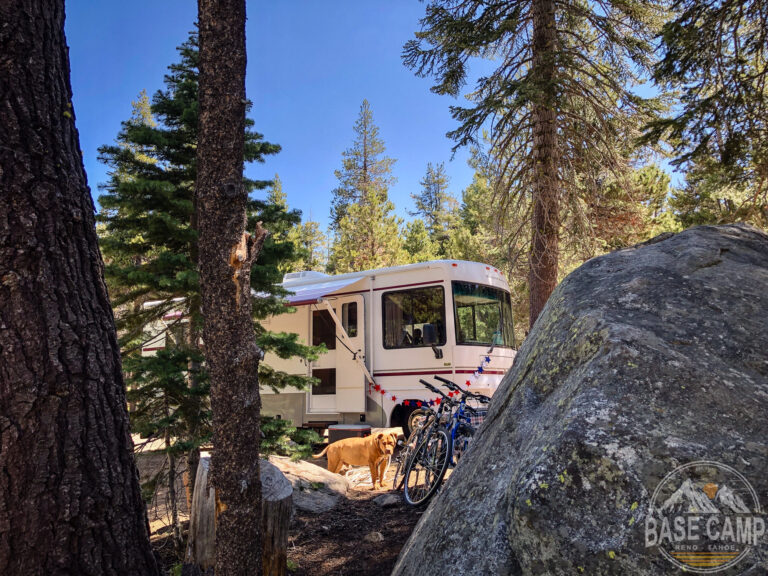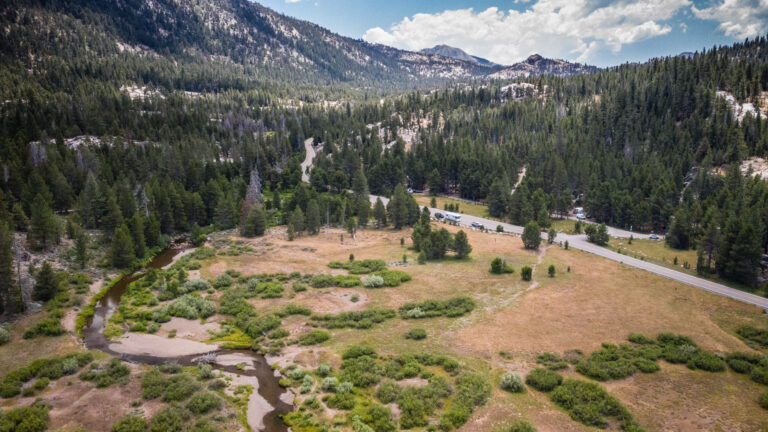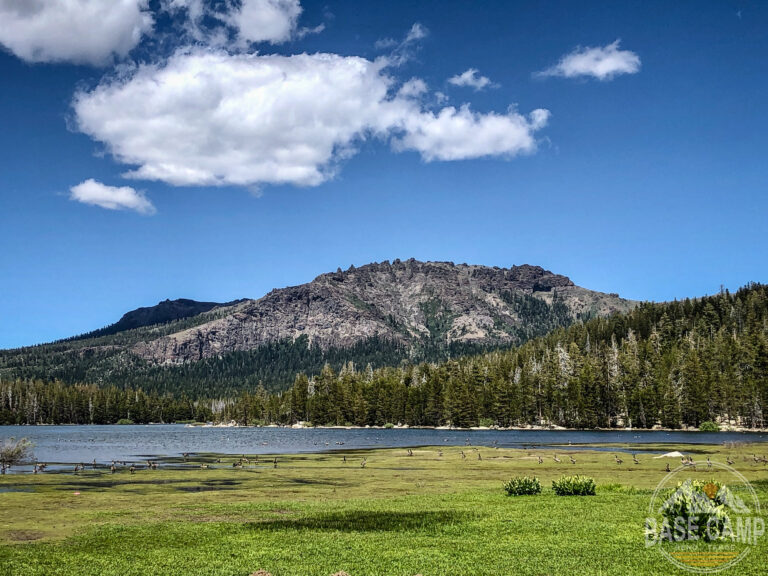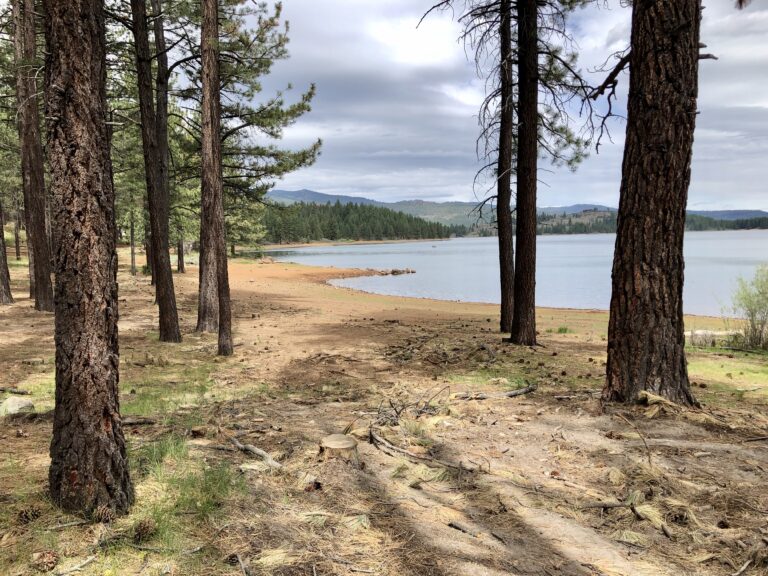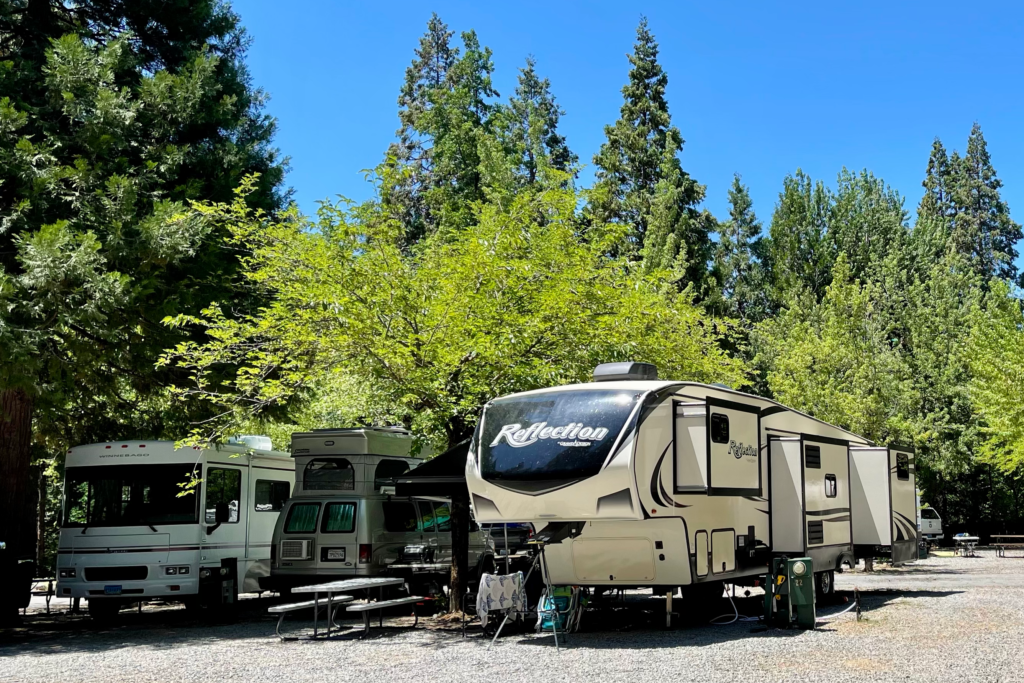It’s very exciting to get out on the open road in your new RV, whatever kind you decided on. But, before you do that, there are a few items that you will need to set up your new rig when you get to your destination. This list will give you a good start on some of the basic items that you’ll need to pick up before you head out. Let’s get you started!
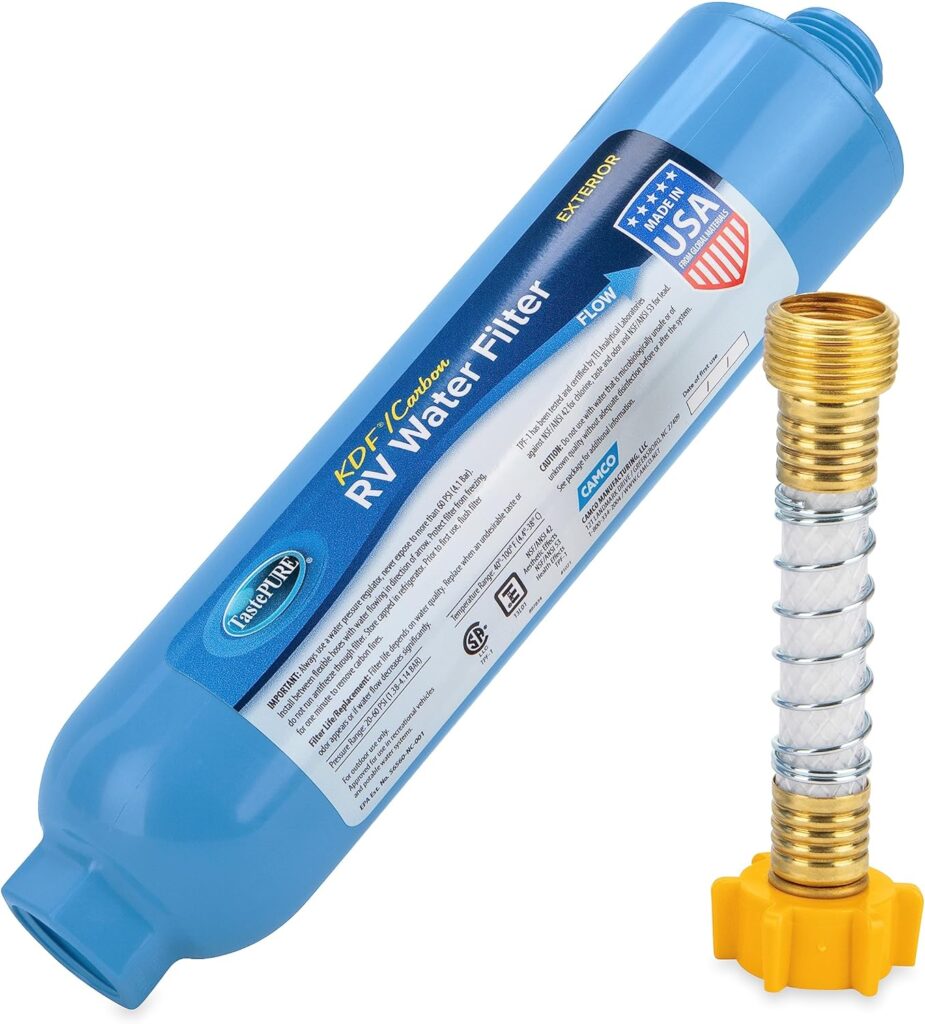
1. Water Filter – Water filters are inexpensive and important to keep your fresh water system running well. Some of the campgrounds you go to may not have the cleanest water supply so the filter will help keep small particles out of your plumbing system as well as help combat the chlorine taste. It’s much easier to start with the filter instead of having to go back later to work on an easily preventable plumbing issue. Get the Camco filter HERE
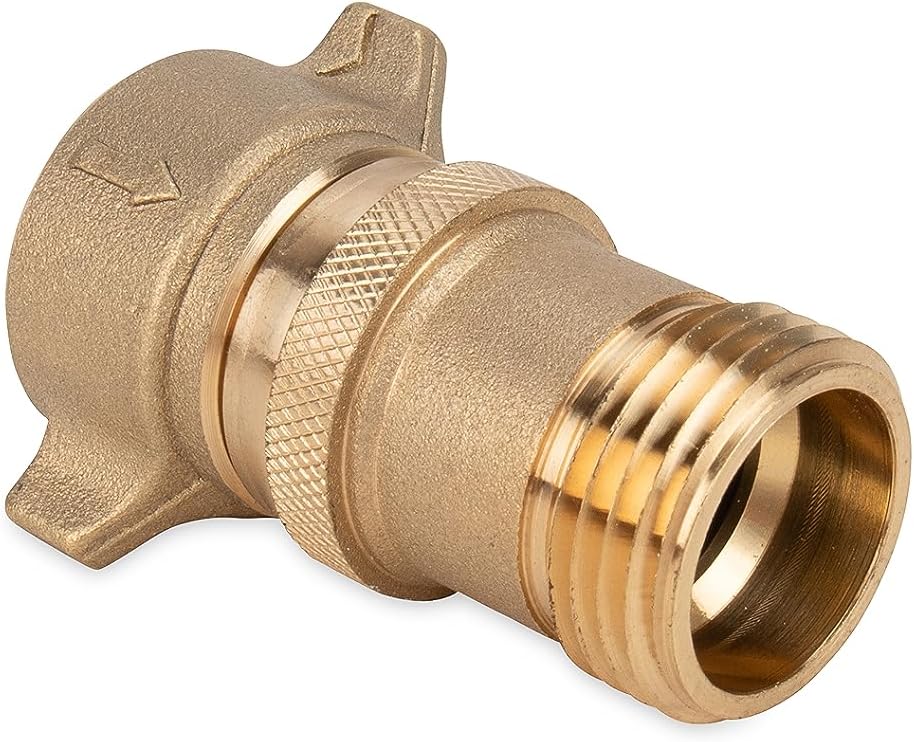
2. Water Pressure Regulator – RV plumbing systems are designed for low pressure. When hooking up to a continuous pressure water source it is important to not supply too much pressure to your RV. This regulator keeps water pressure between 40-50psi and your system safe. It’s inexpensive and very simple to use by just threading it on between your water supply and hose. Get your water pressure regulator HERE

3. 90 Degree Hose Elbow – This is another simple item that can make life easier. Hoses that connect to the side of your RV and come straight out can easily kink and cut off or reduce your water supply. The 90 degree elbow allows your hose to drop straight down from your connection. Get the 90 degree elbow HERE

4. Hose – I know what you’re thinking, “I just need a hose.” Well you do but not just any hose. An RV hose is drinking water safe and won’t carry through the bad tastes that you would get from a regular garden hose. Since you are investing in clean water with the use of your new water filter then it pays to have the correct hose. This one is 25 feet long, which is what I like to use. You can get longer but it is really a hassle to have to wrap up and store a 50′ hose when your water source is more like 10′ away, like in a typical full-hookup campground. Grab your hose HERE
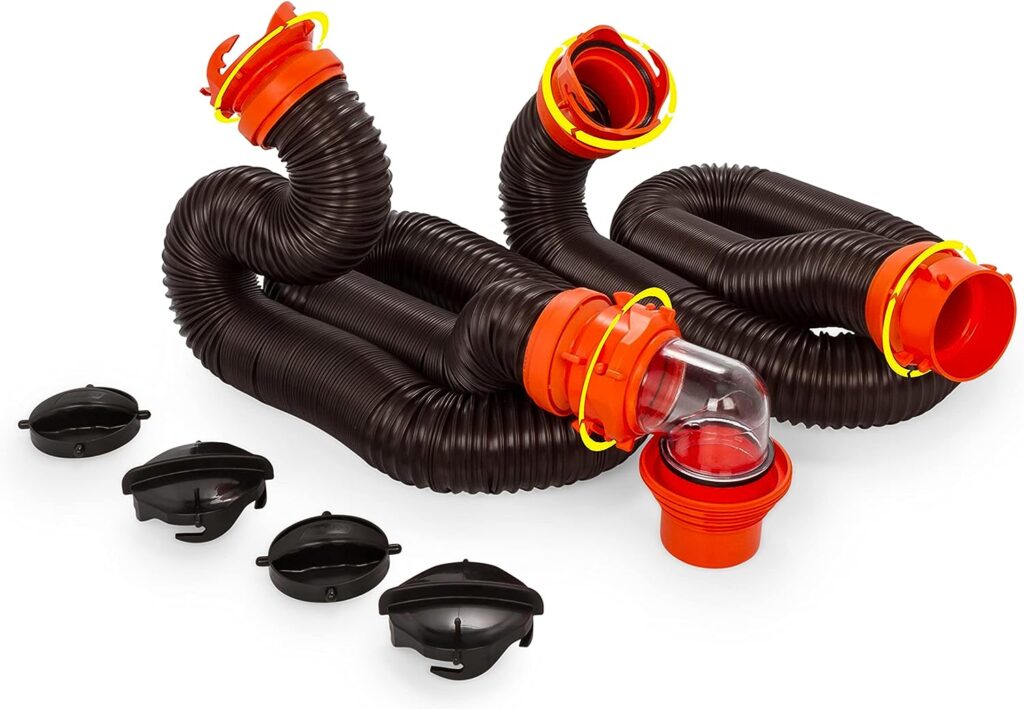
5. Sewer Hose Kit – OK, now you’ve got water coming into your but it’s also going to have to come out. This is the non-glamorous part of camping but this kit makes it not so bad at all. The kit includes 2 x 10′ hoses, one main hose and one extender, along with all connections needed. If you’re in a campground with your connections close then you can run just the one hose to keep things simple. I use this setup and it’s worked very well compared to the older hoses I had. Get your sewer hose kit HERE

6. Sewer Hose Support – The old saying, “poop flows downhill” is true, but what helps with that is this handy sewer hose support system. This helps hold your sewer hose up from your RV and gently brings it down to ground level and your sewer connection so that nothing sits in the hose. Of course your valves are closed until you are actually dumping but once dumping you need this. Get your sewer hose support HERE

7. Leveling Blocks – Leveling blocks can make for a comfortable weekend if you are in an awkward camp spot. Most developed campgrounds are going to be mostly level, National Forest campgrounds are hit or miss. If you are in a trailer or a motorhome then most likely it has some sort of jack system. This is a good start but not always enough to get you level. The way to deal with an unleveled site is with this set of easy to use leveling blocks. Get them HERE
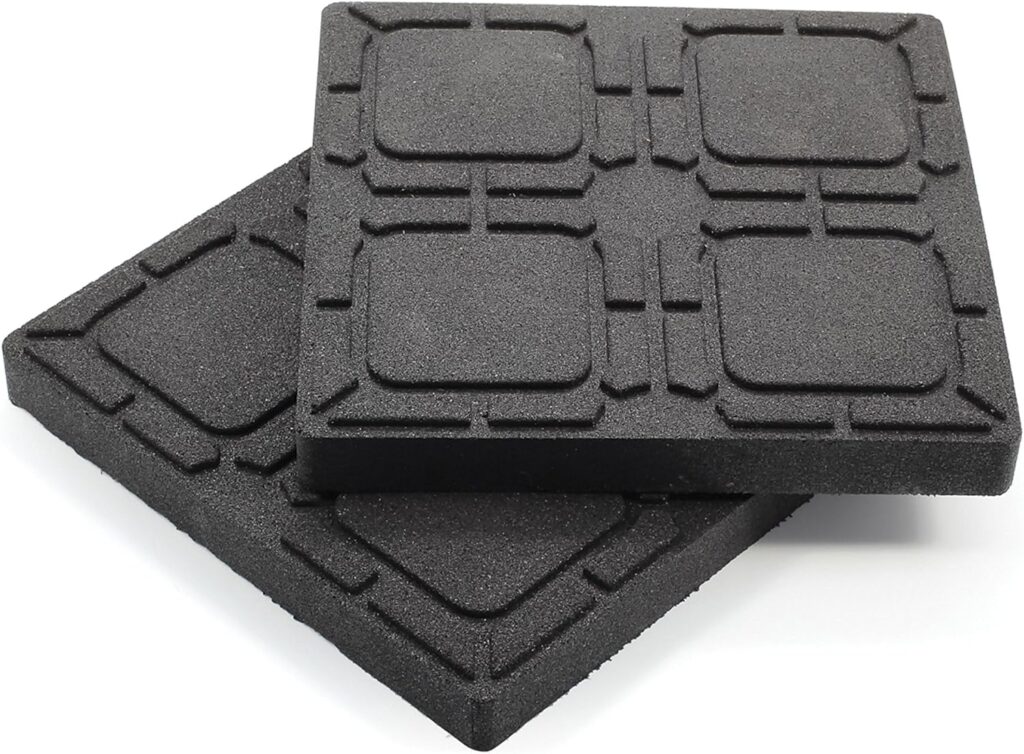
8. Flex Pads – Thecnically these do help level like the blocks above. However, that is not their primary purpose. Especially during the summer, steel jacks can push down into campground asphalt and the flex pads help prevent that. Many campgrounds require these when you are using jacks so it’s best to have them ready to go. This is a 2 pack so you will need to order as many needed for your number of jacks. Get them HERE

9. Surge Protector – You’ve got to protect the electrical circuits in your RV when you connect to shore power! Many of the campgrounds you’ll go to will have inconsistent power coming from the pedestal you connect to so the easiest way to protect your rig is with this simple surge protector. You also need to know if your rig requires 30 or 50 amps. You do not want to get a 30 amp surge protector but your actually require 50 amps run everything. This unit is highly rated, inexpensive and handles up to 50 amps. Check it out HERE
These top 9 suggestions include affiliate links to products to help get you started on your RV adventure. I get paid a small percentage for any sales made through these links, at no added cost to you. Thank you for reading and watch for more tips!
